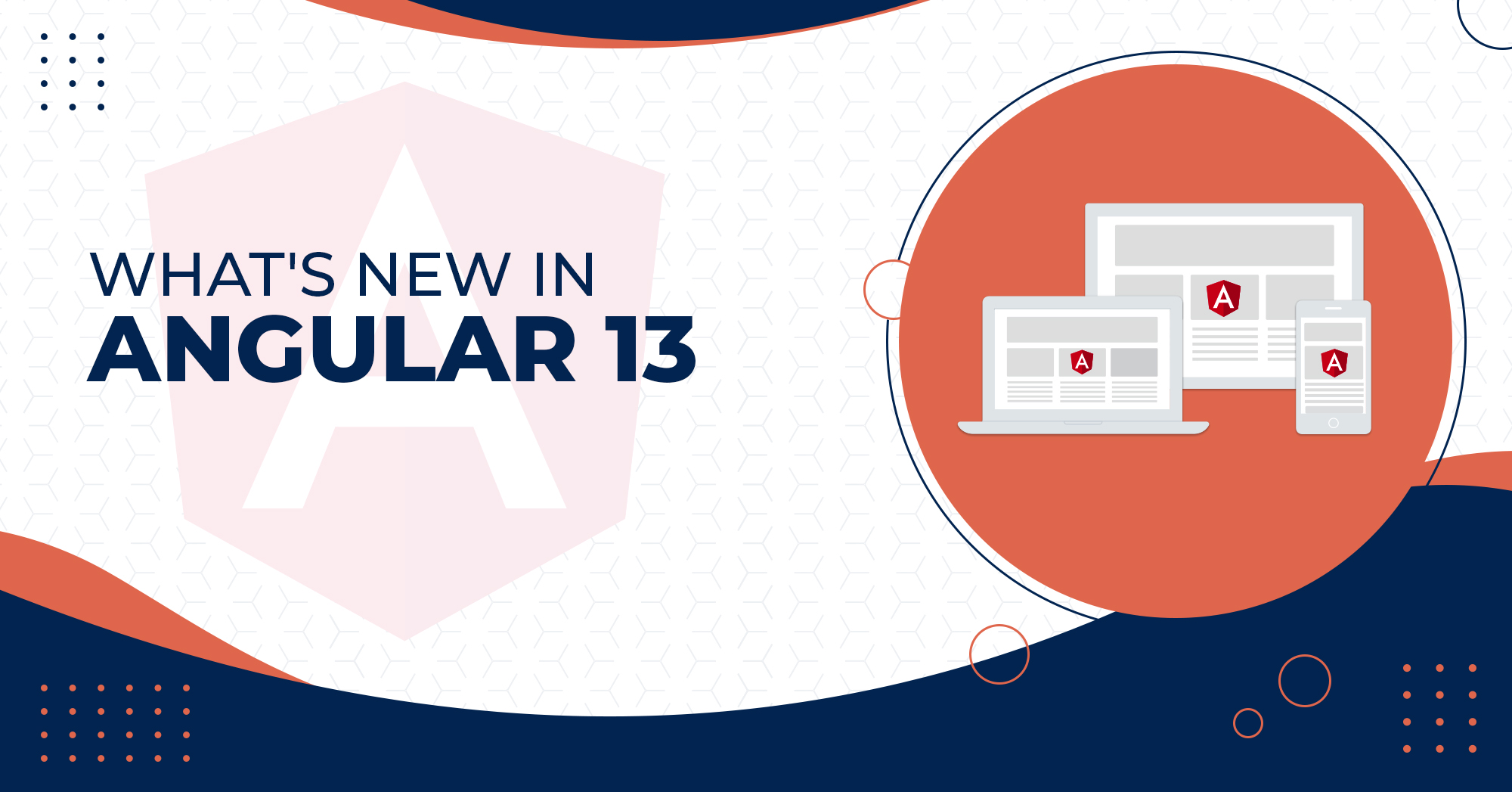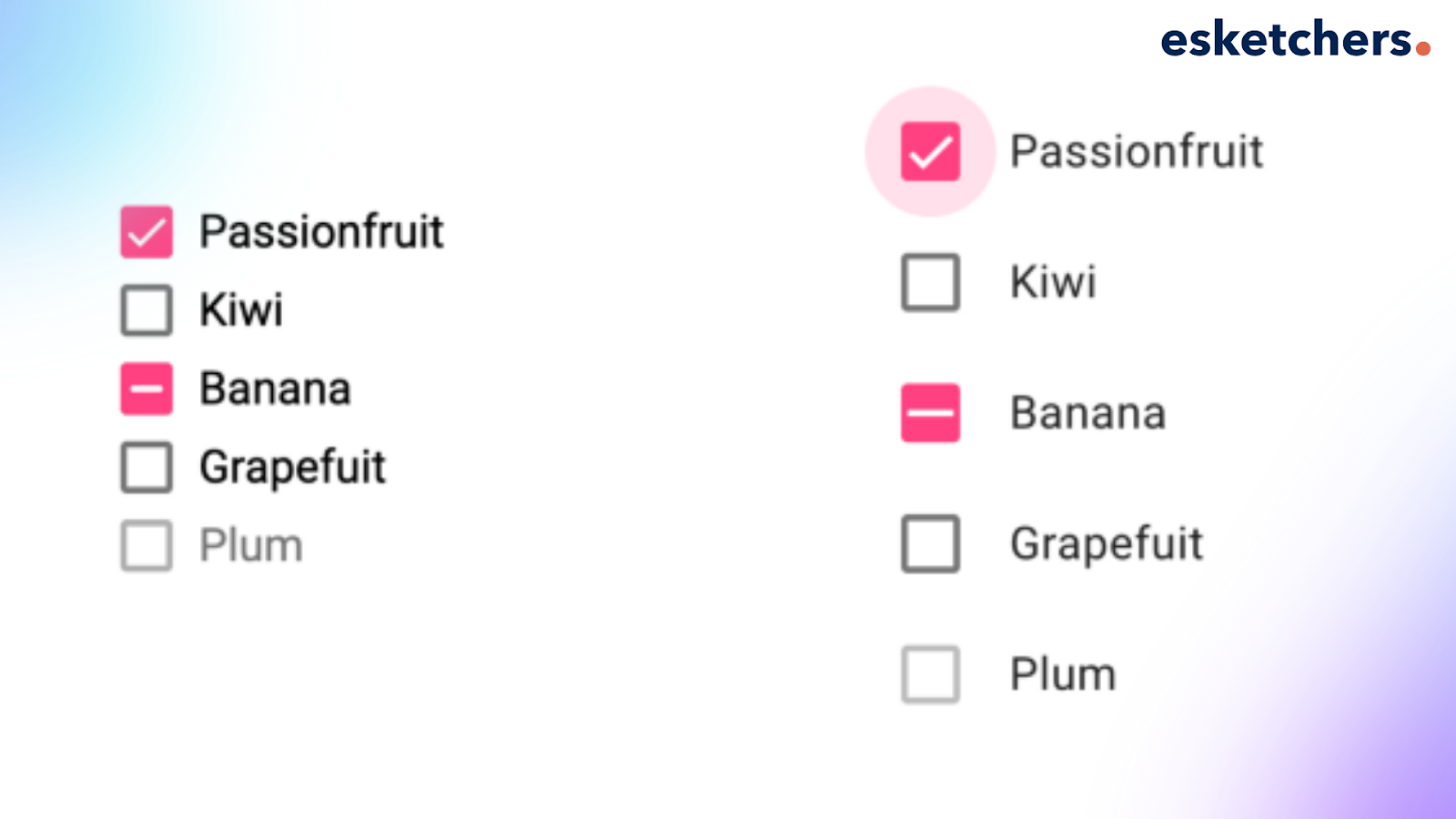Table of Contents
A new release of Angular v13 is here to revolutionize your experience of robust application development. It is packed with all the latest features and tools to assist us in developing incredible apps. You can get the facilitation of Angular v13 by running the command ng update in your project. Users can also view the guide to check the instructions to update your project. After every update, the aim is to facilitate the developers with the provision of better tools and features. In this latest angular version, we have the Ivy-based features that are notable factors for users.
Ivy is the latest rendering and computation engine. The Angular 13 is Ivy compatible, and the support for the view engine is omitted. The latest technical aspects are Adobe Fonts and ESBuild JavaScript bundler. This JavaScript bundler with ESBuild supports CSS source maps. It also enables the optimized global CSS. Here listed some notable changes:
- View engine is archived
- 100% Ivy server-side rendering
- TypeScript 4.4.x is introduced
- RxJS v7.4 is supported
- Alterations to angular package format
- Updated component APIs
- IE11 support is no more
- Effortless directives disabling
- Dependencies and framework changes
- Improvements in Angular Tests: TestBed
- Inlining Google/Adobe Fonts
Latest features in angular 13
We are familiar with the fact that angular is taking on a vital role in application development. We can acquire remarkable features by using this updated version of angular. We can also update your current version of angular to get multiple features. It can be done by following simple tips. This version is crowded with Ivy-based features to improve our experience. Updated APF is another reason for users’ satisfaction and attraction. Now we are going to discuss the latest features of angular v13.
- Ivy-based features: It is regarded as one of the most important features of Angular v13. Support for the view engine has been removed to incorporate the facilitation of the Ivy engine. This advancement is enough to make the ways for introducing improvement in features of Angular v13. It plays a key in delivering the best tools and techniques for developers to attain perfect results regarding their projects. Omitting the view engines helps to decrease the dependency of Angular on ngcc. It results in a quick compilation by excluding summary files and metadata.
- Alterations to APF (Angular Package Format): It is another thing to be considered about the latest version of Angular. The previous format of output has been omitted to update the APF in v13. Latest JS formats are also involved to modernise APF. There is no need for ngcc for the libraries that are developed with the updated version of the angular package format. It helps to complete the execution in less time and it is quite a fascinating factor for developers. This advanced APF also supports Node Package Exports.
- Improved Command Line Interface CLI: Angular permits the usage of persistent build-cache by default for the projects using v13. This update helps to improve the build speed by 68%. ESBuilt helps in improving the performance by working with terser for the optimization of the global script. It is also a reason for global CSS optimization and all style sheets. It also supports CSS source maps.
- Updates in component API: Ivy also assists developers to create the components dynamically. This process of creating the components requires boilerplate code.
- The latest API has omitted the need for ComponentFactoryResolver. Ivy helps to detect the component with the help of ViewContainerRef.createComponent. There is no need to create an associated factory in this concern.
- From @angular/platform-server the renderModuleFactory is no longer necessary with Ivy and renderModule should be prefered in the app instead.
Here’s a code snippet of dynamically creating some components with previous versions of Angular 13:
By using the new API, the above code can become:
- Removing the support regarding IE11: We can relish the advanced browser rendering engine by omitting the IE11 support in Angular 13. These features include CSS variables and web animations through native web APIs. App users can attain quick loading and better user practice. Developers can also get facilitation through the removal of IE polyfills and certain code paths.
- Robust and Maintainable Code: This version of Angular contains some crucial features with specific modifications and changes. Applications that are created with ng new contain RxJS 7.4 by default. But the existing apps must be updated manually for relishing the latest features. The latest version also supports TypeScript 4.4.
- Improved Angular tests: The Angular v13 also made some useful changes in TestBed for performing the job to disintegrate the test modules after completion of each test. Quicker, lesser memory intensive and extremely optimised tests can be performed due to the changes introduced by Angular in version 13. It can be done by cleaning the DOM after every test. The Angular testing module option destroyAfterEach default value is set to true as of Angular 13. This option was introduced in Angular 12.1 and previously it was defaulted to true.
Look to Hire Angular Development Team?
Share the details of your request and we will provide you with a full-cycle team under one roof.
More notable changes and updates
The latest Angular version supports Adobe fonts. The performance of the app can be enhanced through inlining fonts. It results in increasing the speed of FCP (First Contentful Page). The newest version also contains the changes to adjust the size of various components like buttons or checkboxes. We can attain the desired size of these components due to the introduced updates. There are also some crucial changes regarding docs on angular.io. Developers can get more awareness about API localization. The relevant guides are also updated to assist developers in learning about the features.
Angular Material
Angular Material– Angular Material makes it even better and easy to design comprehensive interfaces with the facility to provide built-in templates. With Angular Material, programmers can design fast enterprise applications with less effort, simply importing buttons, tables, grids, standard layouts, form controls, indicators and navigational elements to their robust app.
Here listed some meaningful improvements to Angular Material design components:
- All the MDC-based components are according to elevated a11y standards.
- Material Components in high contrast mode.
- Touch target sizes for multiple components like buttons and checkboxes.
- Improved Angular component accessibility.
Community contributions
We can relish the remarkable features of this new version due to the efforts of the Angular community. The team tried their best to deliver eminence features for the ease and assistance of developers. Let us discuss some contributions of the community for this latest version.
- Enable or disable validators dynamically: The community has made efforts to enable and disable the built-in validators. They can be disabled by default by setting the value to null.
- Restoring history after canceling the navigation: Another thing is restoring the history even after closing the navigation. We can restore the calculated value of browser history with the help of the router flag namely canceledNavigationResolution after setting its value to calculate.
Wrapping it up
We can get assistance with the latest version of Angular for developing apps effectively. All the features are enough to fulfill the needs of developers. The community efforts to streamline this newest version can never be neglected. You can access the updated guide to attain information about the latest features and tools.
Angular is a typescript-based open-source framework. It is used to build robust and maintainable mobile and desktop web applications. Let’s start designing and developing smart web applications with Esketchers, using Angular’s latest version that will push your emerging startup to the next level. Startups have a better chance of growth and stability with the right choice of technology.

